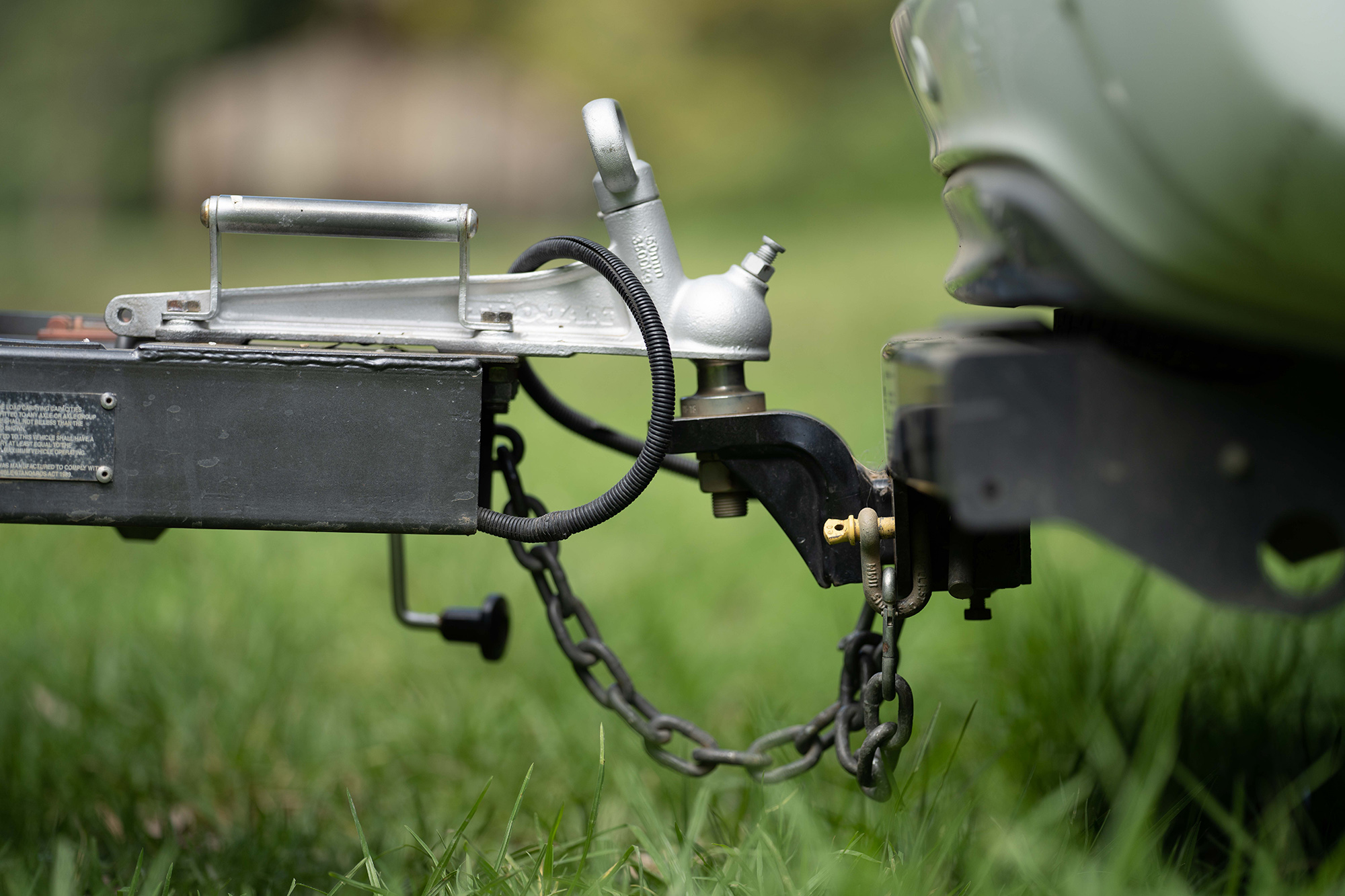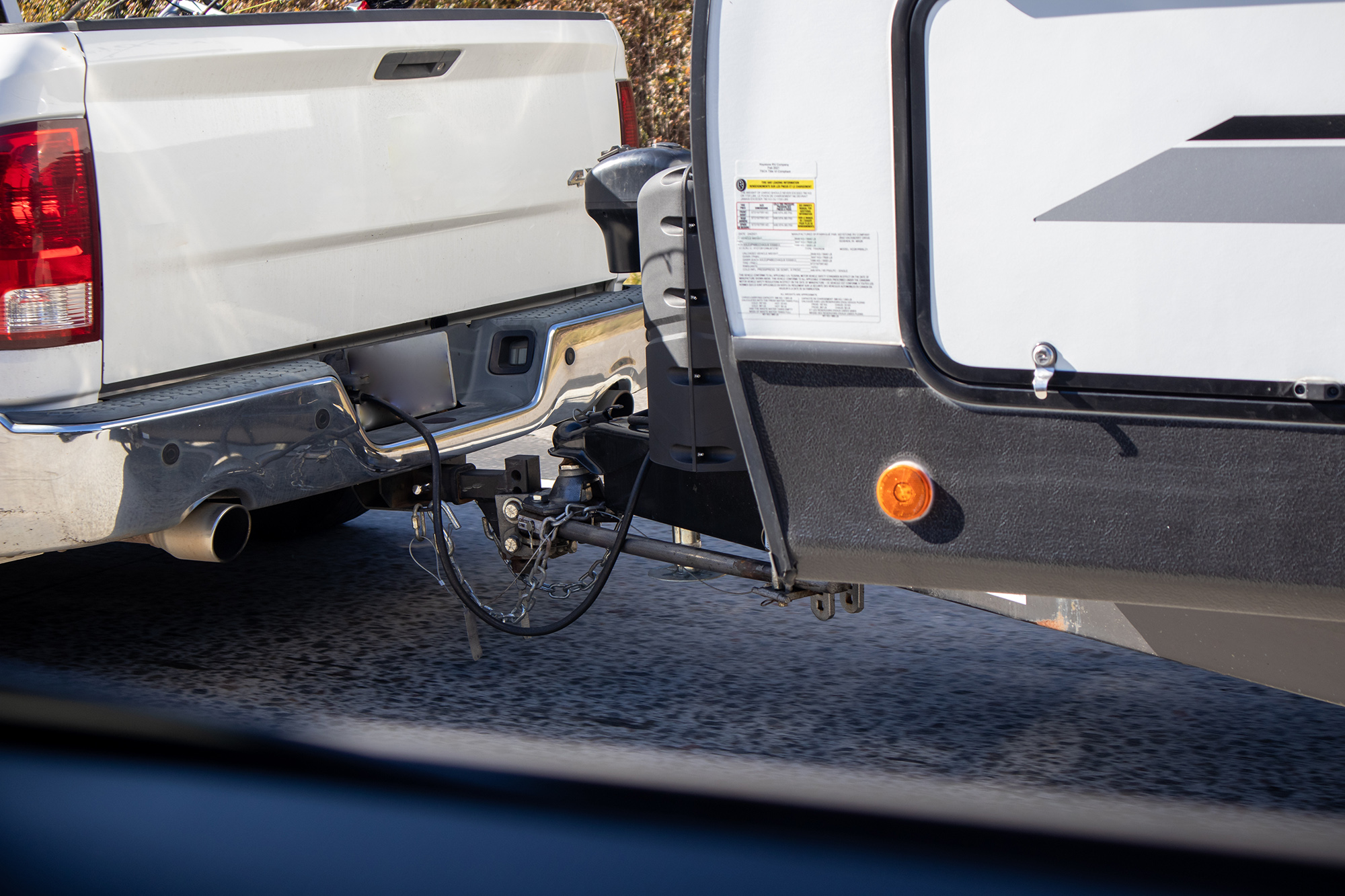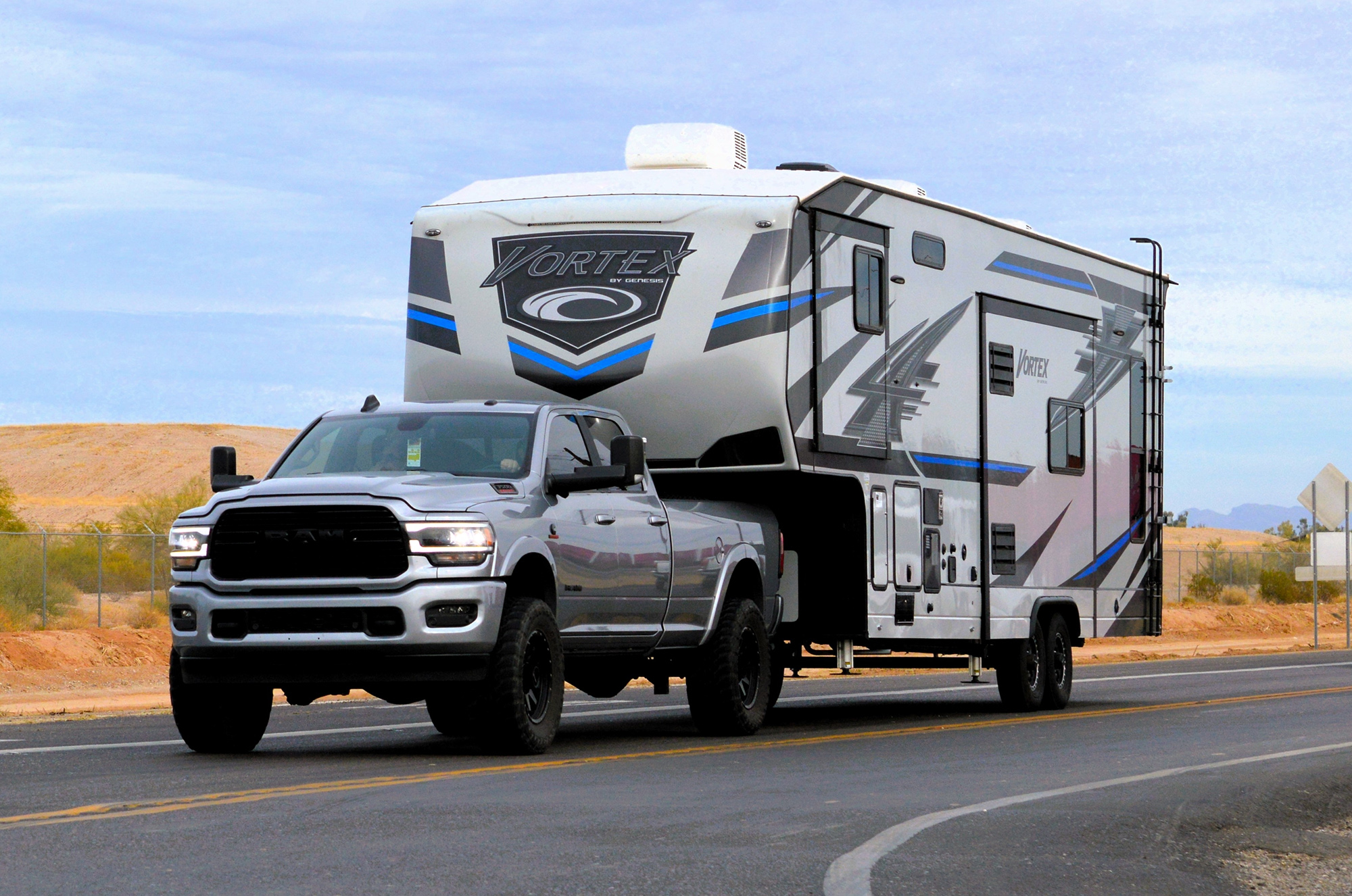What You Need to Know Before You Hit the Road
Whether you’re hauling an ATV trailer to the trails or pulling a family-sized RV for a weekend getaway, towing can be intimidating if you’re not prepared. Improper towing not only puts your vehicle and cargo at risk, but it can also endanger everyone on the road. This tip guide breaks down what you need to know to tow safely, from choosing the right equipment to distributing your load like a pro.
“Secure your load before you hit the road”
1. Know Your Vehicle’s Towing Capacity
Before you hook anything up, it’s essential to check your vehicle’s towing capacity. This is the maximum weight your vehicle can safely tow, and exceeding it can strain your engine, brakes, and suspension, or worse, cause mechanical failure on the road.
Key terms to understand:
- GVWR (Gross Vehicle Weight Rating): Maximum total weight of the vehicle, passengers, and cargo.
- GCWR (Gross Combined Weight Rating): Max allowable weight of the vehicle and the trailer combined.
- Tongue weight: The downward force the trailer exerts on the hitch (should be 10–15% of total trailer weight).
Tip: You can usually find towing capacity in your owner’s manual or on a sticker inside the driver’s door. This sticker is referred to as a placard.
2. Choose the Right Hitch and Accessories
 Not all hitches are created equal. Make sure your hitch is rated for the weight you’re towing. For heavier trailers (like RVs), a weight-distribution hitch helps spread the load evenly across your tow vehicle’s axles, improving handling and braking.
Not all hitches are created equal. Make sure your hitch is rated for the weight you’re towing. For heavier trailers (like RVs), a weight-distribution hitch helps spread the load evenly across your tow vehicle’s axles, improving handling and braking.
Also consider:
- Trailer brake controller (required for RVs and trailers over certain weights)
- Extended mirrors to improve visibility
- Safety chains and breakaway cable for emergencies
3. Distribute Your Load Properly
Uneven weight distribution is one of the most common causes of sway and poor trailer handling. A well-balanced load improves braking, handling, and fuel economy.
Load distribution tips:
- Keep 60% of the weight in front of the trailer’s axle.
- Distribute weight evenly from side to side.
- Keep the center of gravity low.
- Ensure the tongue weight is correct (too little causes sway, too much can overload the rear suspension).
Tool tip: Use a tongue weight scale or visit a public weigh station to verify your setup.
4. Perform a Pre-Trip Inspection
Before every trip, do a full walk-around and check:
- Tire pressure (on both the trailer and tow vehicle)
- Lug nuts are tight
- Brake lights, turn signals, and marker lights are working
- Safety chains are crossed and secured
- Load is tied down and trailer doors or lids are locked
5. Drive Differently When Towing
Towing adds length, weight, and stopping distance, so adjust your driving habits.
Key driving tips:
- Give yourself extra space when braking or changing lanes
- Take turns wider to avoid clipping curbs or medians
- Downshift when going downhill to avoid overheating brakes
- Slow down in high winds, large trailers catch wind easily
- Watch for sway and don’t overcorrect, ease off the gas and steer straight
Avoid cruise control in hilly terrain, it can cause sudden gear changes or speed bursts that lead to sway.
6. Watch the Weather and the Road Conditions
Rain, snow, and wind have a bigger impact when towing. Reduce speed and increase following distance during poor weather. If conditions get too rough, pull over and wait it out, always better safe than sorry.
7. Practice Makes Perfect
If you’re new to towing, practice in a safe area before hitting the open road. Learn how your trailer behaves, how it turns, backs up, and brakes. Don’t forget to practice parking too.
8. Know the Legal Requirements
Regulations vary by region, but in general:
- Trailers over a certain weight must have brakes
- Weight-distribution hitches may be required for RVs
- Wide loads may need flags, reflectors, or permits
Always check the laws in your area or wherever you’re traveling.
Final Thoughts: Safety is the Priority
Towing a trailer or RV opens the door to new adventures, but only when done right. With the correct setup, proper load distribution, and safe driving habits, you’ll be well on your way to confident and secure towing.
If you’re ever in doubt, consult a trailer or towing expert, especially before taking on long distance hauls or upgrading to a new trailer.




